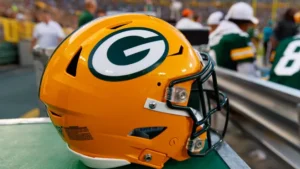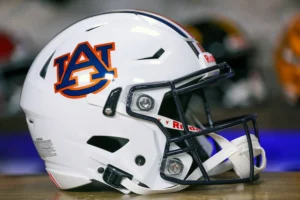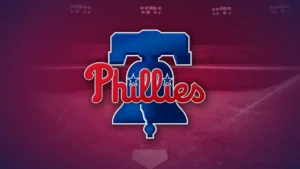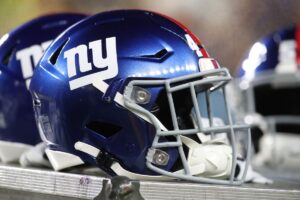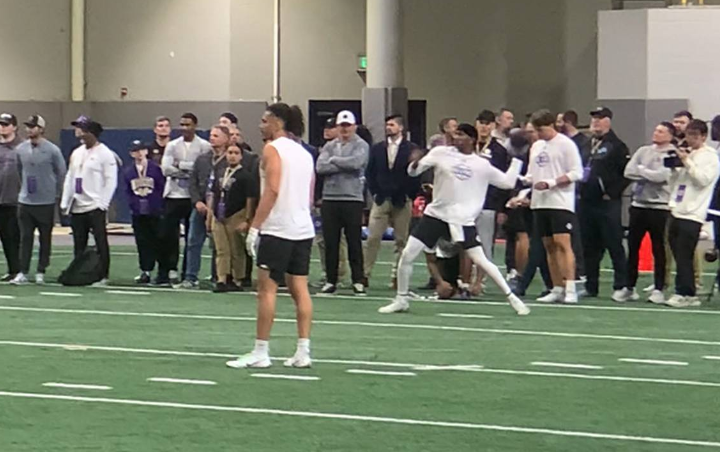
The Seahawks have undergone significant changes with a new head coach, nearly two dozen assistant coaches, and revamped systems on all fronts. However, amidst this transformation, the familiar faces of the scouting and player personnel directors remain constant. Led by John Schneider, these seasoned professionals continue their roles, guided by Schneider’s penchant for trading draft picks. Despite the influx of new coaches, the core personnel team, including Trent Kirchner and Nolan Teasley, maintains stability and familiarity, facilitating seamless communication and alignment between the scouting and coaching staff. While the coaching staff introduces new schemes and preferences, the personnel staff adapts by understanding their needs and integrating them into their established processes. Although there’s a learning curve in understanding the preferences of the new coaching staff, Teasley remains confident that the fundamentals of football scouting remain constant, ensuring a smooth transition into the draft and an optimistic outlook for the future.
NIL AND TRANSFER PORTAL CHANGE DRAFT SCOUTING
For Seahawks scouts and personnel staff, not only have the coaching staff changed, but so has the landscape of the NFL draft process. Just a few years ago, rookies entering the league were greeted with their first substantial paychecks, often accompanied by hefty signing bonuses. However, the current top prospect, USC quarterback Caleb Williams, has already earned a significant sum during his college years, with an estimated $10 million in earnings. This shift is due in part to the Name, Image, and Likeness (NIL) opportunities in college football, as well as the rise of the transfer portal, effectively creating a form of college free agency.
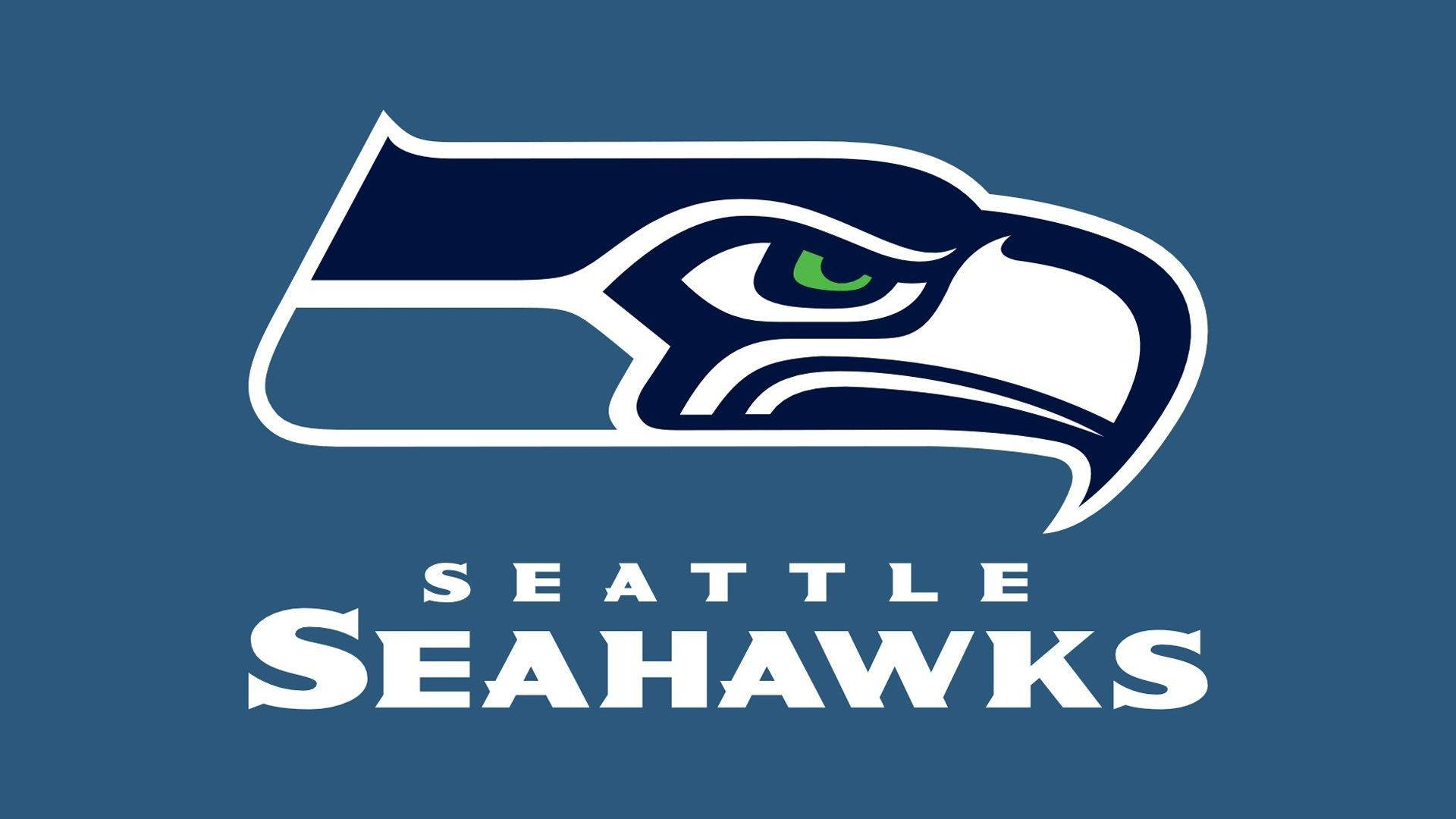
As the NFL draft approaches, even players selected in the final round can anticipate multi-million dollar rookie contracts. This influx of money from college and potential issues surrounding it, such as managing finances, now factors into the evaluation process for Seahawks scouts. Additionally, the shortened time players spend in college due to transfers complicates the scouts’ ability to assess their character and makeup thoroughly. This evolving landscape necessitates a deeper examination of how players handle finances and conduct themselves off the field, providing valuable insight into their potential success in the NFL.
MORE COLLEGE VISITS — TO MORE SCHOOLS
Like many professional sports teams, the Seahawks organize their scouts based on specific geographic regions across the country. Traditionally, scouts would visit college campuses to evaluate players during practices and games while also conducting thorough background checks. Seattle’s scouts have been known to delve deep into a player’s background, sometimes interviewing janitors, dorm advisors, teachers, and even high school contacts to assess character and experiences.
However, the emergence of the transfer portal and the introduction of NIL cash offers have significantly impacted the scouting process. Now, scouts may need to visit multiple schools to gather information on a player, conducting in-person interviews with individuals associated with the player before their transfer. This thorough approach aims to ensure accuracy and reliability in player evaluations.
The transfer portal presents both challenges and opportunities for scouts. On the one hand, it allows scouts to leverage existing relationships with players who have transferred to different regions, providing valuable insights. On the other hand, the frequency of transfers, particularly among quarterbacks, necessitates dedicated tracking efforts by scouting and personnel interns. These interns utilize social media platforms like Instagram and Twitter to monitor player movements and updates, enabling the Seahawks to stay informed about potential draft prospects.
Overall, scouting has evolved significantly due to the dynamic nature of college football transfers, requiring constant adaptation and innovation to effectively evaluate talent for the NFL draft.
WHAT’S LEFT FOR THE SEAHAWKS’ DRAFT PROCESS?
As the 2024 draft approaches, the Seahawks’ scouting leadership is entering the final stages of their preparation. Following this weekend, John Schneider and Mike Macdonald will make minor adjustments to the team’s draft board, as well as to a secondary board predicting the strategies of the other 31 teams. The Seahawks have a track record of success in accurately anticipating these moves, which informs their own decisions under Schneider’s guidance.
Once the draft begins, the focus shifts to observing developments and reacting accordingly, including considering potential trade opportunities. This process starts Thursday afternoon and extends into the following weekend, culminating in the signing of undrafted free agents. Berry outlined the schedule, indicating meetings with coaches over the weekend, followed by finalization sessions between Schneider and Macdonald on Monday and Tuesday. Subsequently, extensive communication and analysis ensue to ensure alignment across all departments, including scouting, coaching, and analytics.
Having gone through the draft board process multiple times as a group, the team aims to address any remaining questions and achieve consensus, fostering unity and cohesion throughout the organization. Ultimately, the goal is to move forward collectively and execute a successful draft strategy.


